10 Things Every Homeowner Should Know How to Do
You don’t have to call a handyman every time something goes haywire in your house. Get tips for tackling 20 basic home repairs and projects, from fixing a running toilet to cleaning the gutters.
By Karin Beuerlein, HGTV.com
Unclog a Drain
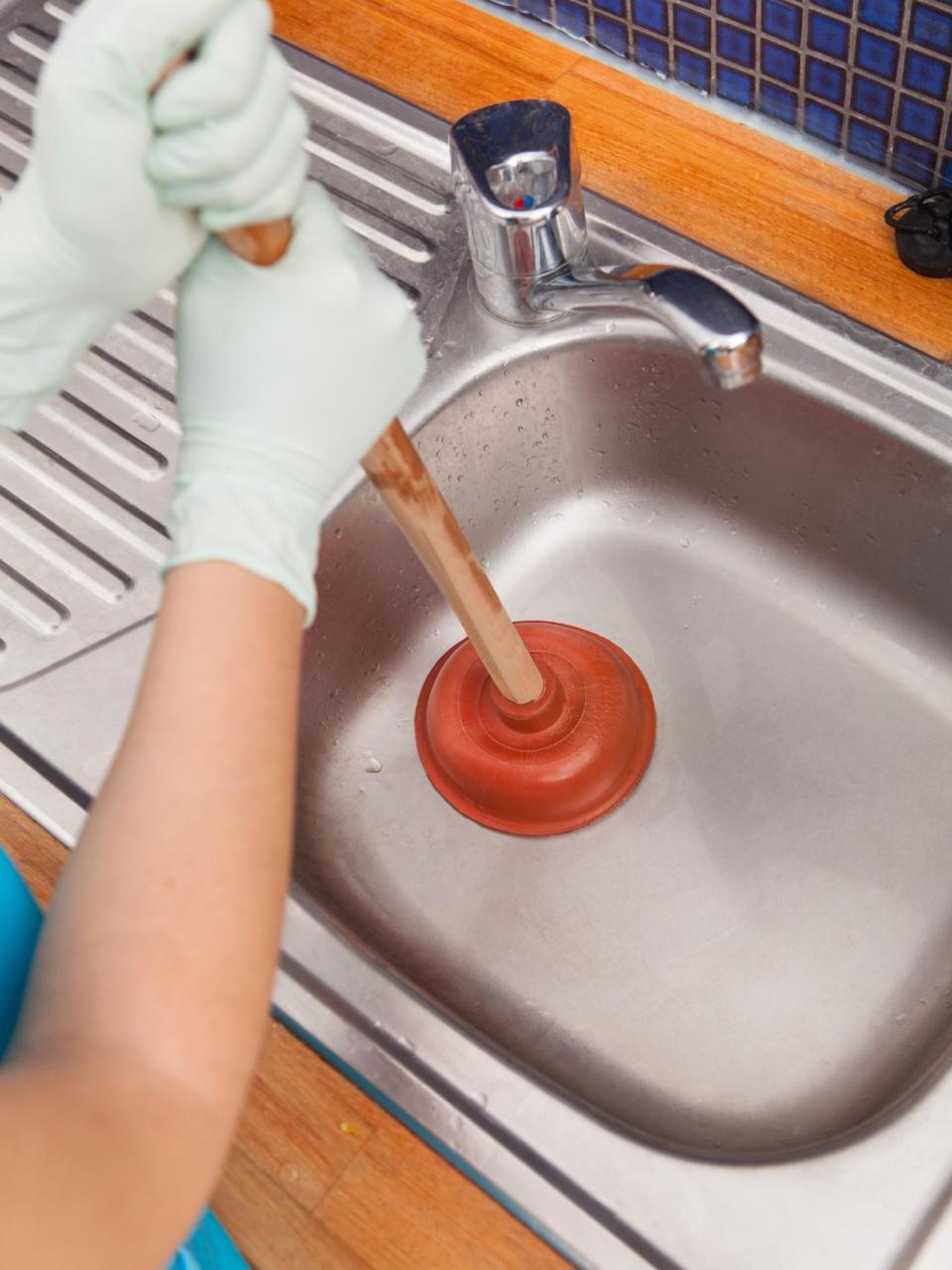
Photo © iStockphoto.com/AndreyPopov
Harsh, pricey chemicals shouldn’t be your first option when a sink drain gets clogged — better to keep a small plunger and a drain snake on hand to work out the problem mechanically. After you’ve removed the primary clog, clean out smelly gunk by putting a cup of baking soda in the drain followed by four cups of boiling water; then chase with a cup of vinegar. The vigorous chemical reaction will jar any remaining debris loose and leave the drain smelling fresh.
Fix a Running Toilet

Photo © iStockphoto.com/MilesSherrill
If your toilet is running water nonstop, it’s a must-fix situation or else your water bill will wash you away. So it’s a good idea to get acquainted with what you see when you lift the top of the toilet tank (it’s called the flush valve assembly, by the way). Sometimes the fix is as simple as repositioning a part of the assembly, but if that doesn’t solve your problem, you may need to replace it.
Set a Thermostat Properly
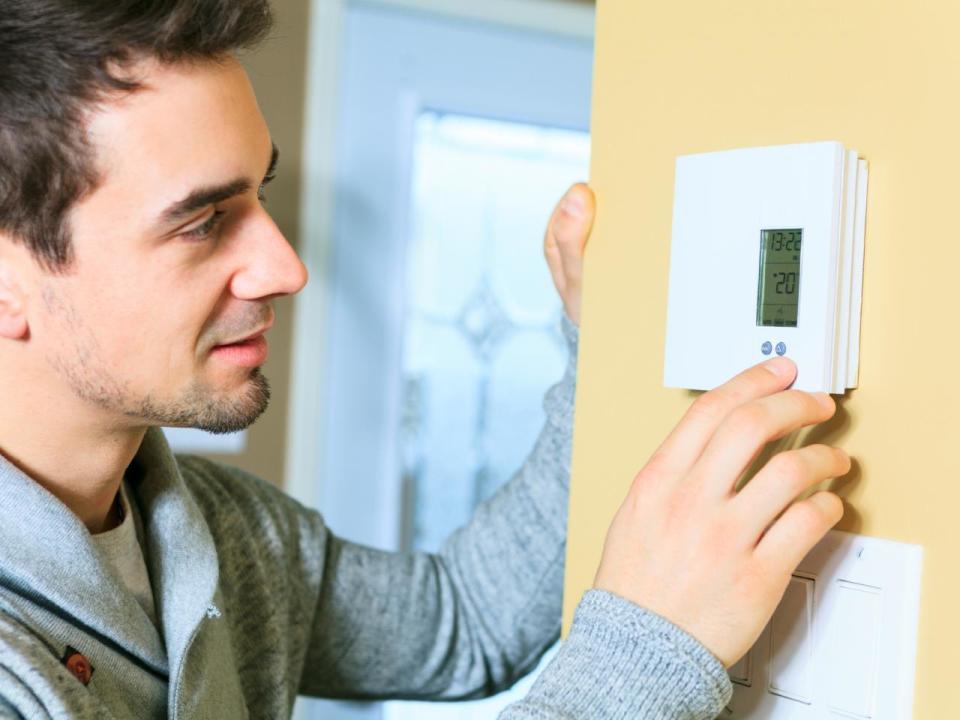
Photo © iStockphoto.com/Louis-Paul St-Onge
No two thermostats are alike when it comes to programming, but there are a few rules everyone should know. First, the U.S. Department of Energy recommends setting your thermostat to 68 degrees in winter and 78 in summer for optimal energy efficiency. If you live in a cold climate where pipes can freeze, make sure the temperature is always at least 55 degrees inside the house; in warm, humid climates, don’t bump up any higher than 80 degrees while you’re away from home. The air conditioner needs to run periodically to dehumidify air — you don’t want to come home from vacation to a mold problem.
Install Weatherstripping
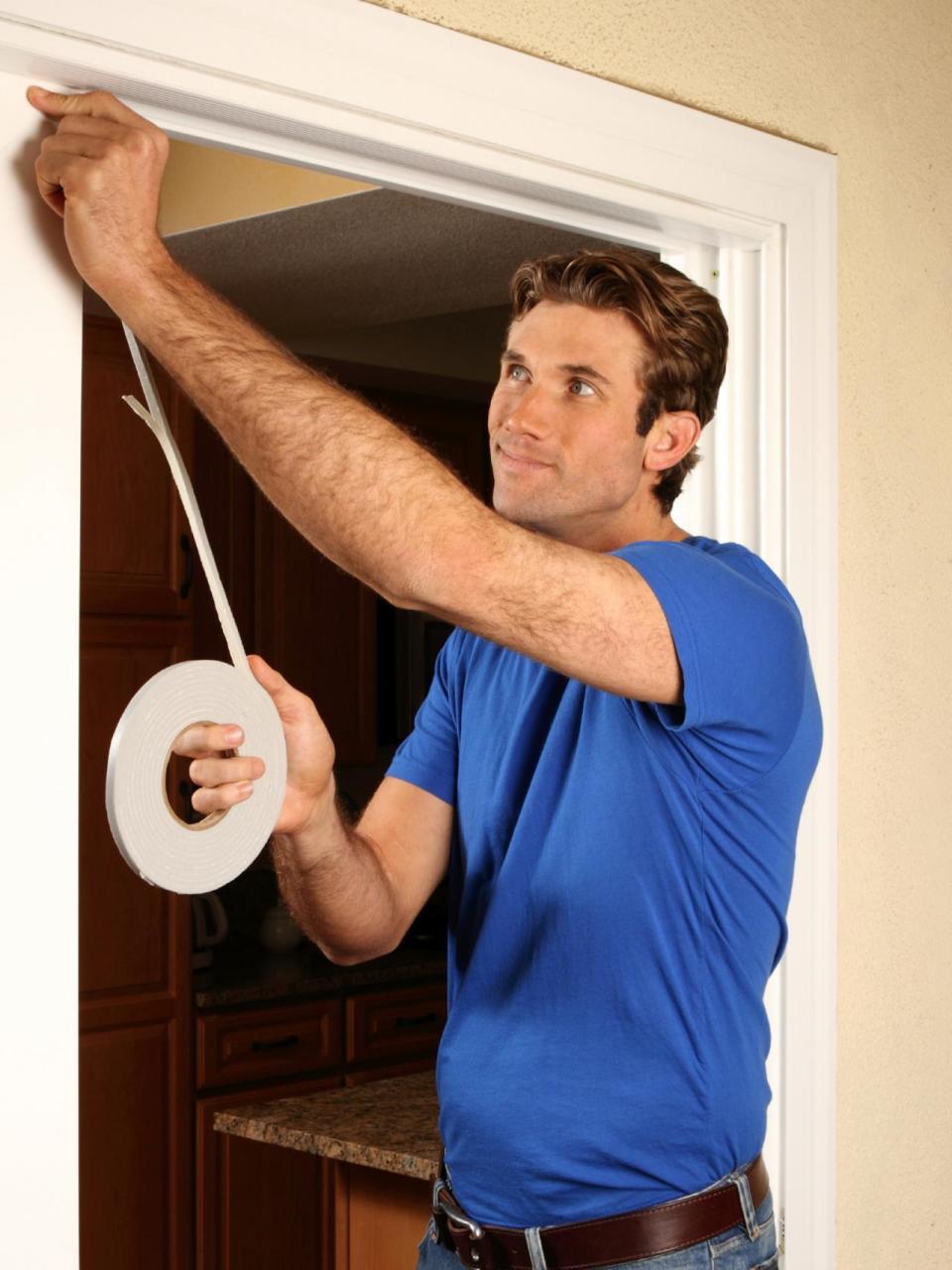
Photo © iStockphoto.com/AvailableLight
Weatherstripping is the best way to seal air leaks around doors and operable windows — according to the U.S. Environmental Protection Agency, air-sealing your home can save you about 15 percent on heating and cooling costs. To judge the right amount to buy, measure the perimeter of the doors and windows you’re covering and pad by 5 percent to 10 percent.
Caulk Cracks and Gaps
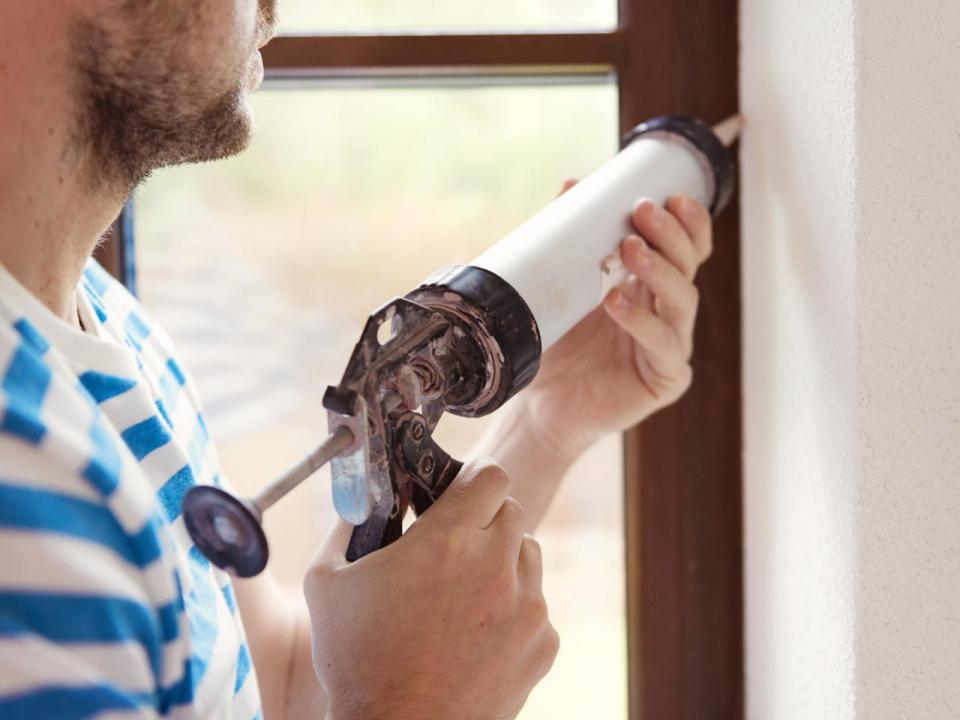
Photo © iStockphoto.com/Halfpoint
Caulking is the air-sealing method of choice for stationary parts of your home, like window frames and electrical outlets. Wait for a warm, dry day; clean the area you’re caulking and remove any loose debris; hold the gun consistently at a 45-degree angle; and apply the caulk in a smooth stream without stopping.
Turn Off a Smoke Detector
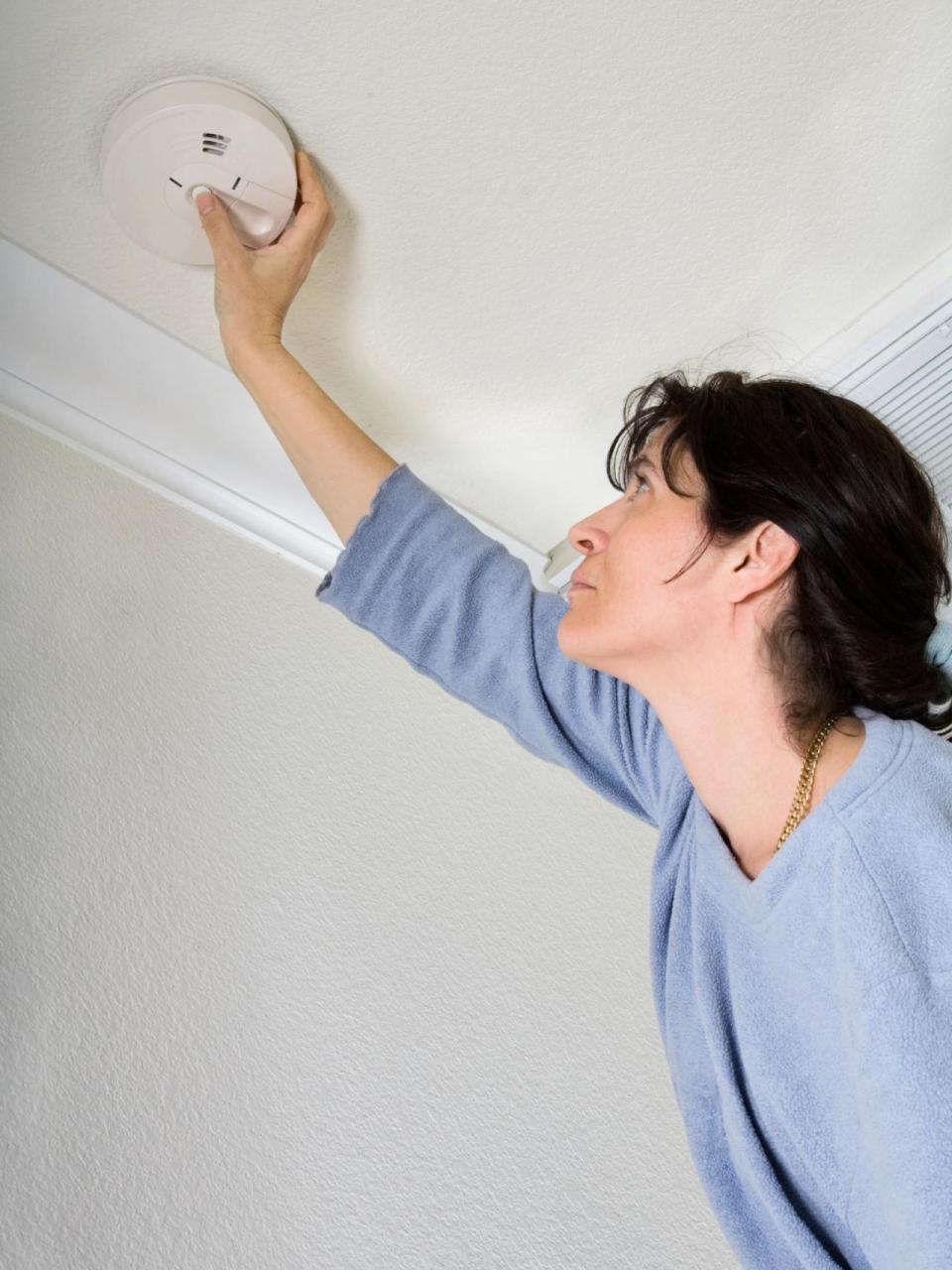
Photo © iStockphoto.com/slobo
Modern homes often have electric smoke detectors with a battery backup. If you get a false alarm (and you’re sure it’s a false alarm), you must cut the power to the system and then disconnect each individual unit’s battery in order to turn off the piercing sound. (Burning a tuna melt in the kitchen is a bad time to find out you don’t know how to do this.) Locate your smoke detector’s switch in your circuit breaker box — if it isn’t clearly labeled, do that now — so that you can turn off the power if necessary. You can use a broom handle to pop out the battery panels of all ceiling-mounted units; if you have vaulted ceilings, make sure you have a long enough stick to do the job. Once the smoke clears, don’t wait — turn the electricity back on immediately and put the batteries back in each unit. Safety note: Be sure to test your units once a month and replace batteries twice a year.
Test GFCIs
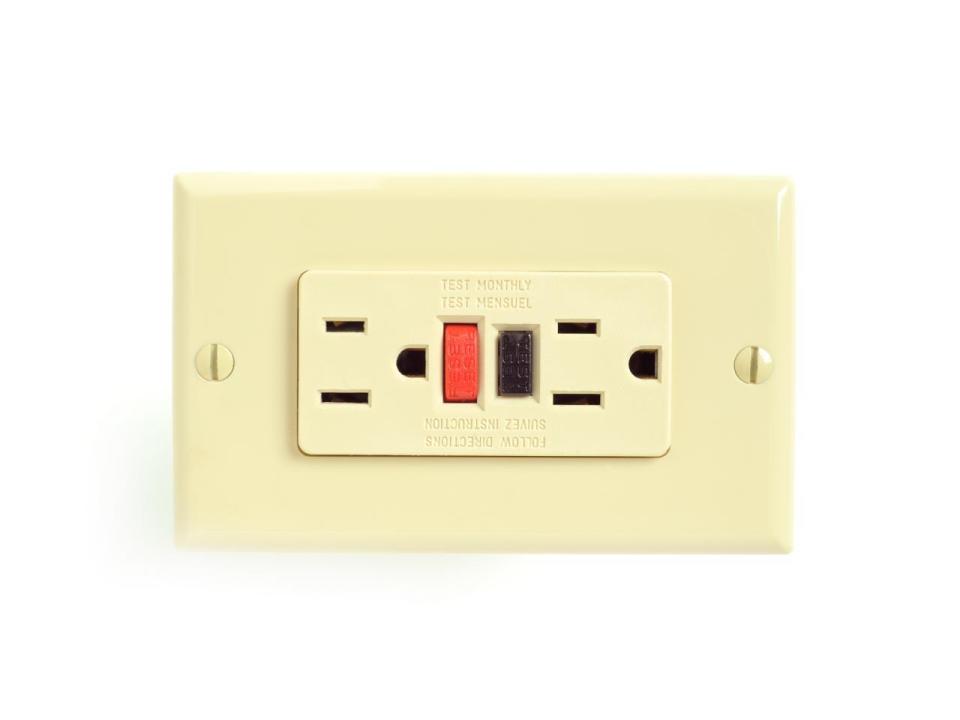
Photo © iStockphoto.com/4kodiak
GFCIs (ground fault circuit interrupters) are the electrical outlets in your house that protect you from electrocution by cutting off the power when they detect a disturbance in current. They’re found anywhere you have running water — the kitchen, the bathroom, the garage, etc. — and they have two buttons: test and reset. Test your GFCIs once a month by plugging a small lamp into each one and pressing the test button. The button should click, the light should go off, and the reset button should then pop out. Press it and the lamp should come back on. Any other result means the GFCI has failed or your outlet is wired incorrectly; call an electrician for help.
Find Your Main Water Shutoff Valve
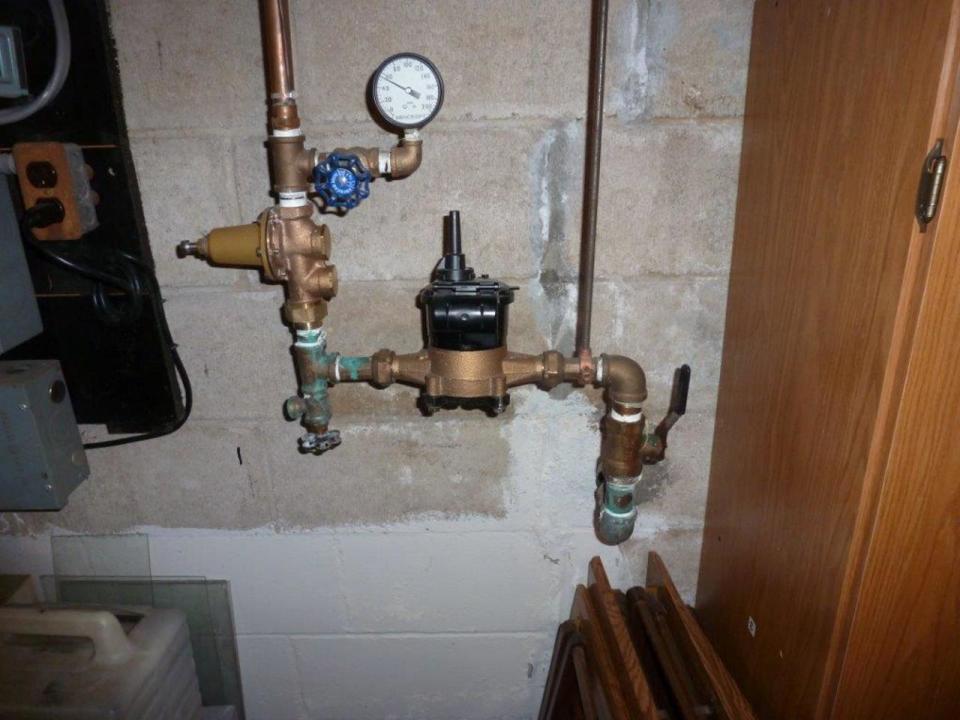
Photo by Steve Gladstone
If you ever come home to a flooded floor, you need to be able to shut off the water to the whole house ASAP, especially if the source of the water leak is unclear. That’s why every homeowner should know where her main shutoff valve is — and every home is different. Look near the perimeter of the house at ground level nearest your water meter. The shutoff valve might be in a basement, crawlspace, closet or garage, but should never be covered over with drywall; look for an access panel or hose bibb. In an emergency, you can also shut off your water from the outside water meter, but the valve might require special tools to turn.
Find a Wall Stud

Photo © iStockphoto.com/WillSelarep
If you’re hanging a picture or shelf, you need to be able to locate a wall stud to nail into for support. You can always shell out the 20 bucks for a battery-powered stud finder, but Frank Lesh, owner of Home Sweet Home Inspection Company in Indian Head Park, Illinois, also recommends another tool: a bright flashlight. Start by locating an electrical outlet along the wall, since the receptacles are typically fastened to one side of a stud. Studs should be located every 16 inches or so, although your mileage may vary.
“Tap on the drywall,” Lesh says. “It should sound hollow as you move to the left or right. As the sound changes, that indicates where the stud is. If you have a really bright flashlight, point it alongside the drywall and it will show any imperfections. If you find a string of indentations, that’s where nails are — that’s the stud.”
Plant a Tree

Photo © iStockphoto.com/Artfoliophoto
A healthy tree is a lasting asset to your property, but unfortunately, planting properly is a task that many homeowners get wrong. The rules are different depending on whether you’re buying a tree bareroot, in a container, or balled and burlapped, so read up at the Arbor Day Foundation before you grab a shovel and start digging. Some cardinal rules: never bury the root collar under soil (that’s the part where the roots join the trunk), don’t pile mulch on the trunk (the ubiquitous “volcano” look smothers roots and rots bark), and don’t fertilize after planting (it can kill young trees).
Visit HGTV.com to find 10 more things every homeowner should know how to do >>

